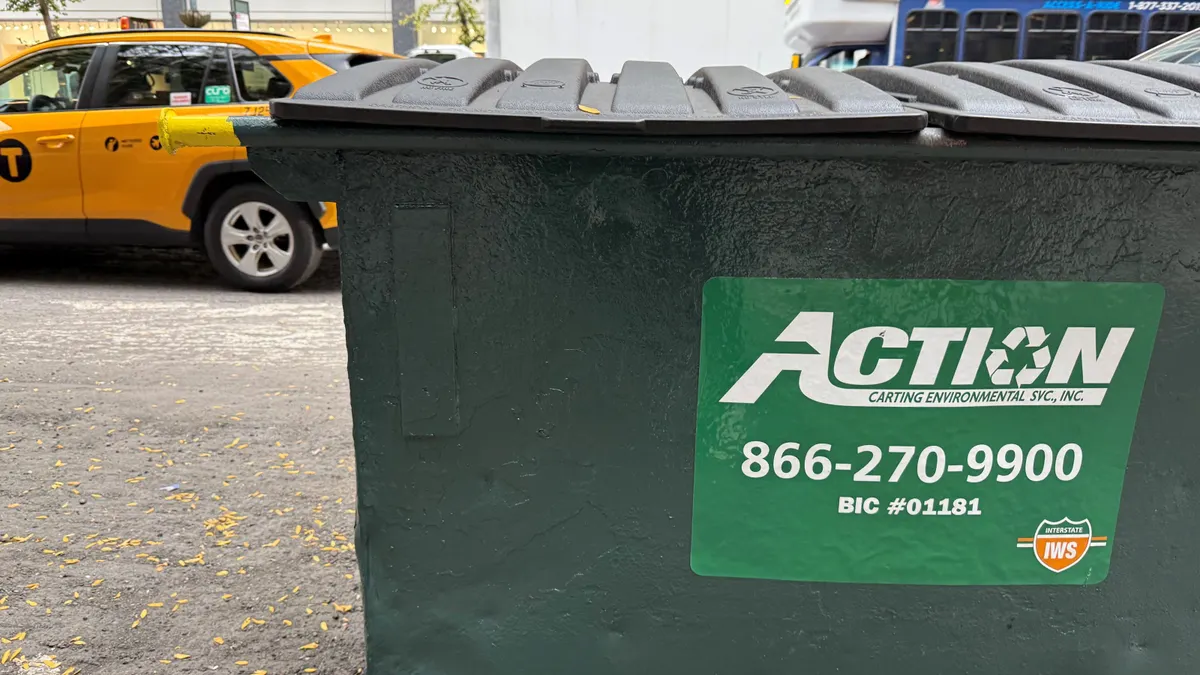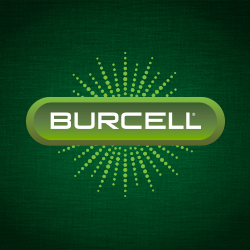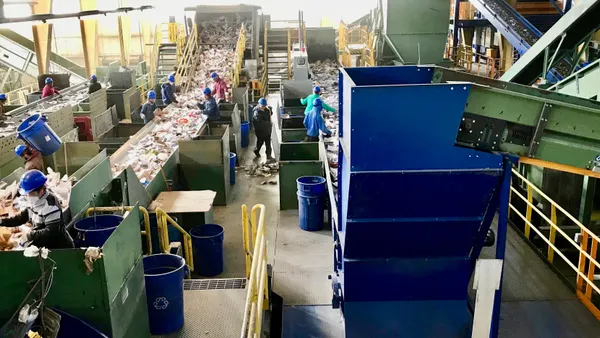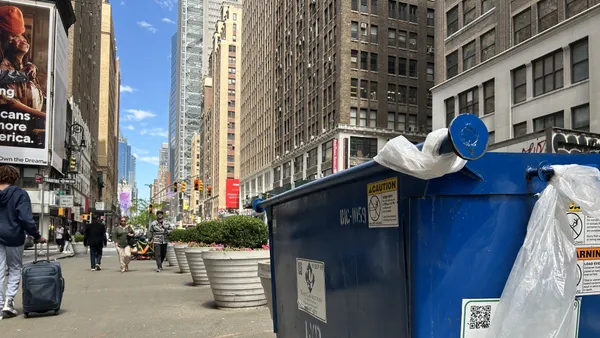Dive Brief:
- Diversion rates in Apple's corporate offices and retail stores have dropped for two consecutive years, plummeting a total 10% from 2013 to 2015. Rates were 63% in Fiscal Year 2015, 68% in FY14, and 73% in FY13. Meanwhile the company generated 17,822 tons in its nonmanufacturing locations in 2015, up from 10,895 in 2013.
- Apple says it works to increase diversion through 160 recycling companies worldwide, having recovered or paid to recover an upward of 61 million pounds of waste in FY15. The three top recyclable materials (from highest to lowest) are steel, plastics, and glass. Tin and gold had the lowest diversion rates.
- Apple is working to bring its recovery rates back up by focusing on its final assembly facilities, expanding composting at corporate sites, and launching zero waste initiatives in 470 retail stores.
Dive Insight:
Getting a handle on waste is not as simple as just putting out recycle bins in your offices—not when you are a corporate giant and mega producer of disposable commodities. It takes multipronged approaches that consider many processes as well as the unique features of individual materials that determine how they must be recovered. And it takes thinking about every single physical space you leave a footprint.
But when you are Apple and you have put yourself in the limelight as a brand that is all about sustainability, you work for it. Apple collected more than 40,000 tons of e-waste in 2014, recovering enough steel to lay 100 miles of railway track.
The company is seeing that its assembly operations around the globe reach zero-waste-to-landfill verification by 2017. It has enlisted sustainability partners like Hong Kong-based Li Tong Group, part of a global recycling network, to break down and recycle some Apple products.
Around the corner will soon come Liam, a 29-armed robot in development that has been enlisted as an alternative to a shredder to take electronic devices apart.










